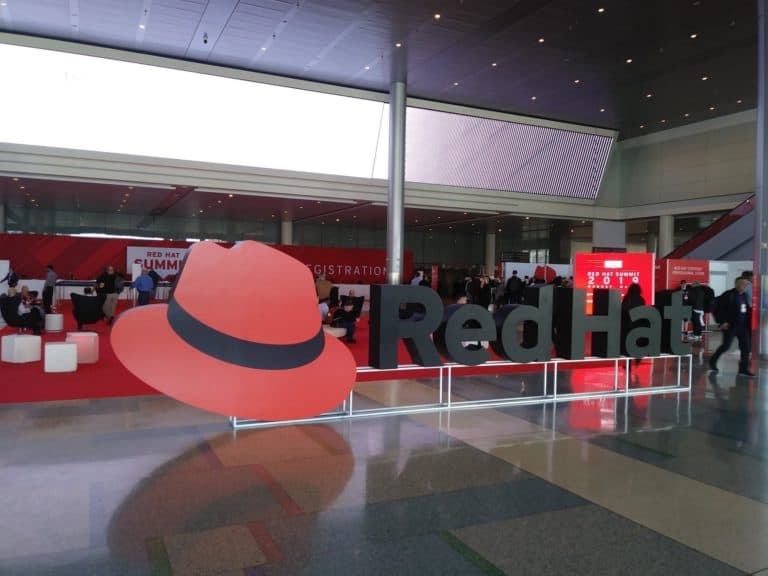The American tech giant IBM has received unconditional approval from the European Union for the acquisition of Red Hat, reports Reuters. Big Blue took over Red Hat in October last year for 34 billion dollars. With the acquisition, IBM intends to expand its subscription-based software offerings to compensate for disappointing software sales and decreasing demand for mainframe servers.
The European Commission is now saying that it has concluded that the transaction does not raise competition concerns. For this reason, the takeover has now been approved by the Commission.
The European Union’s approval follows that of the United States in May. The US also made no further demands on the takeover. Red Hat’s shareholders already agreed to the plans in January.
Compensation
IBM has been struggling for some time with lower sales due to stagnating demand for its legacy products. For this reason, the company has invested a great deal in its cloud department in recent years, but real growth has not yet been achieved. Big Blue hopes that the acquisition of Red Hat offers a solution. Among other things, the acquisition will enable the company to take over Red Hat’s Linux distribution, which is used by many enterprises. In May, version 8 of the operating system was launched.
Red Hat also has products with possibilities for hybrid and multi-cloud environments. In addition, after the acquisition, IBM will be able to add the popular Ansible platform for application management automation to its portfolio. Red Hat products are available under an open source license. The company earns its money with commercial variants.
According to CEO Jim Whitehurst, the IBM acquisition is the best choice for Red Hat to continue to grow and bring more to business on open source. After the acquisition, Red Hat will have access to more scale, money and other resources to expand into the business market.
This news article was automatically translated from Dutch to give Techzine.eu a head start. All news articles after September 1, 2019 are written in native English and NOT translated. All our background stories are written in native English as well. For more information read our launch article.